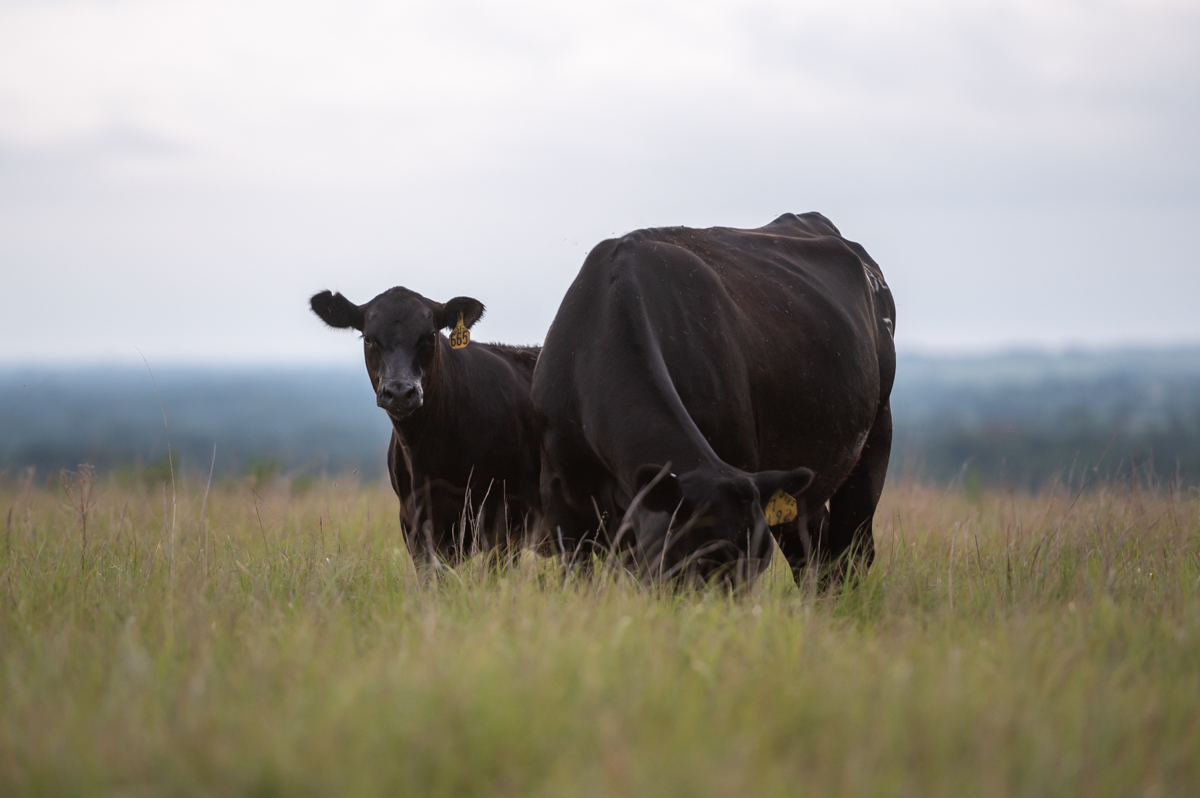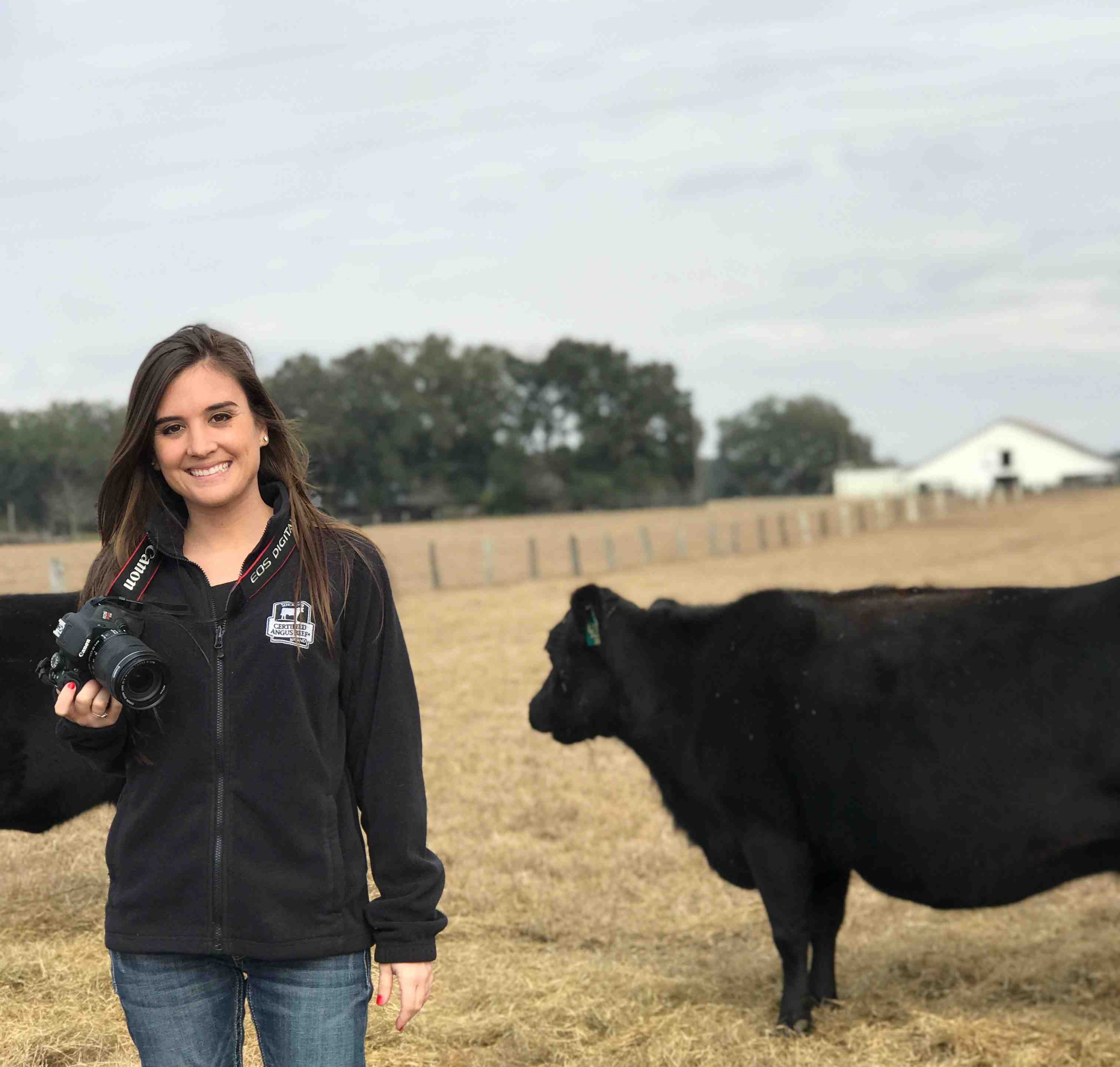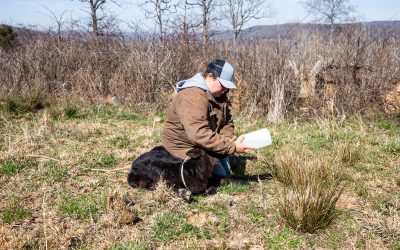The beef industry: a survival guide
I’ve often wished for a guidebook – a map to carefully lead me around life’s potholes and avoid the dead ends altogether.
But you and I both know it doesn’t work like that. Faith requires a bit of stepping out, sometimes lunging to get to the good stuff – the reward far greater than the process to get there.
At this year’s Cattle Industry Convention & NCBA Trade Show, a Cattlemen’s College session titled, “True Stories of Beef Business Survival” piqued my interest.
As a young person hoping to survive in the beef industry, I’ve found there’s no golden ticket there either, but I’ve sure tried to listen a lot.
Here’s what I learned that day:
Have a plan
For both day-to-day and worst-case scenarios. “If you wait until you’re in the middle of the drought, it’s too late,” Joe Leathers, manager of 6666 Ranch, near Guthrie, Texas, said. “If you wait until the fire has completely devastated your country, you’re going to be sitting there in the middle of smoking ashes.”
For the practical-minded, it’s about being on the same page with your family and partners, Lydia Yon said. The matriarch of Yon Family Farms, near Ridge Spring, S.C., said, “People around us were building a new house and we were building a commodity shed. Someone was buying a new car and we were buying a new mixer wagon.” Everything they made, they put right back into the operation and avoided purchases of non-tangible things they couldn’t pass on to their children.

See the big picture
Not just what’s outside your door, Lydia said. It’s the little, everyday things that have been their key to survival. Her family applies that to their role as a seedstock producer, paying special attention to the genetics they stack in their Angus herd. “They need to be the right kind of genetics that will provide that end consumer with the delicious eating experience they crave.”
“The decisions you make, I don’t care how small your operation is, affect a lot more people than just you,” Joe added. Be conscious of that.
Learn from others
“Glean from those who have survived in the past; go talk to them,” Joe advised.
“The very smartest day of our lives was the day we graduated with our animal science degrees,” Lydia joked. “Ever since, we’ve learned how dumb we can become.” Listen to those older and wiser.
Relationships are key
Jerry Bohn, owner and recently retired manager of Pratt Feeders, Pratt, Kan., tied it all back to the men and women he’s worked for, alongside and hired. “It’s the people,” he said. “People, relationships, being a part of the community, that’s really what it’s all about and what made my career successful.”
For Lydia, relationships and the awareness that others observe your actions and results drive her toward success. Both led to land offered for lease and an owner’s willingness to finance cattle. “People are watching what you do,” she said. Because of those relationships, “we expanded without a lot of huge investments.”

Think outside your fences
With decades under his hat, Joe encouraged young people to “be an independent thinker. Too many people aren’t,” he said.
People told Lydia and her husband, Kevin, they couldn’t start a farm with 100 acres and basically nothing. “We got experience, got involved and got busy,” she said.
Choose good partnerships
“What can you do to be different?” Jerry asked. He credited partnerships with CAB and U.S. Premium Beef as some of the best Pratt has made. With CAB, “our involvement caused us to do a paradigm shift,” he said. Prior to 2003, Pratt Feeders was selling more commodity cattle. “We began to look at high-quality cattle, producing for high-end markets.” Today, he said, close to 70% of the cattle in their feedyards are destined to sell on a grid.

Those were just some pieces of advice from three people who I admire in this industry.
Get experience, manage for risk, figure out your strengths and outsource your weaknesses, they said. Those and more can take a person from merely surviving to thriving.
It’s about being realistic with every decision you make, Joe said, adding that there will be plenty. As young people, “it’s easy to have rose-colored glasses. Survival has a definite connotation of bruises and a little blood.”
“It’s not always going to be fun and you’re going to have to weather the storm.”
See you out on the water,
Laura
You may also like
Progress from small steps
Every day is a chance to learn and get better. Thousands of others like my new friends in Alabama are taking steps to meet the shifts in consumer demand, and to know more. Small steps in the right direction can start now. Even if it’s just recording a snapshot of where you are today, a benchmark for tomorrow.
Not perfect, but working to get better
The CAB Cattleman Connection team heard its name called more than once in the virtual ceremonies, and each time came a sense of personal accomplishment, but even better: confirmation that we’re getting better at our craft. I hope that means we’re doing a better job for you.
A scours change
Just like regular maintenance on your vehicle, prevention is the best way to ward off scours in your cow-calf herd. But sometimes the best treatment plans fail, with lasting effects on calf performance. That’s why ranchers should try to get ahead of the problem.



